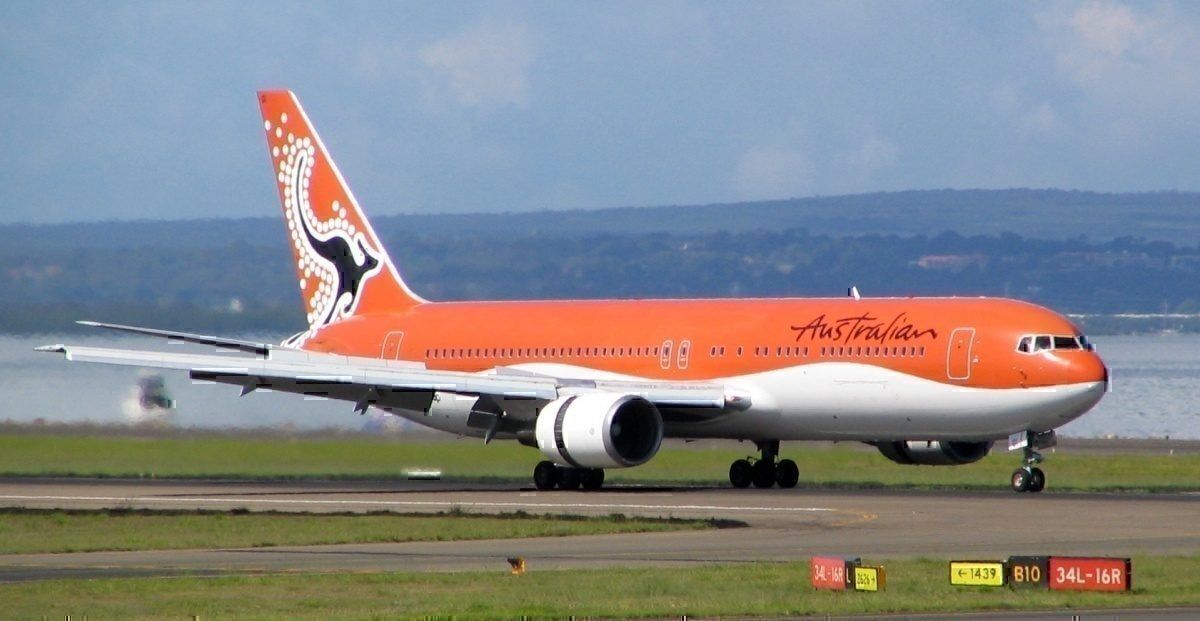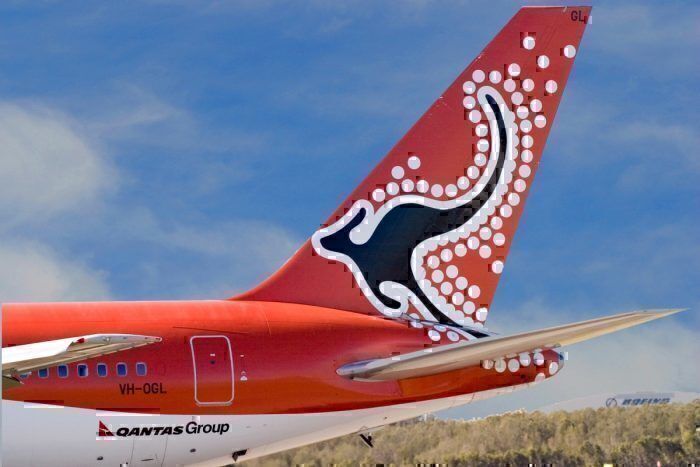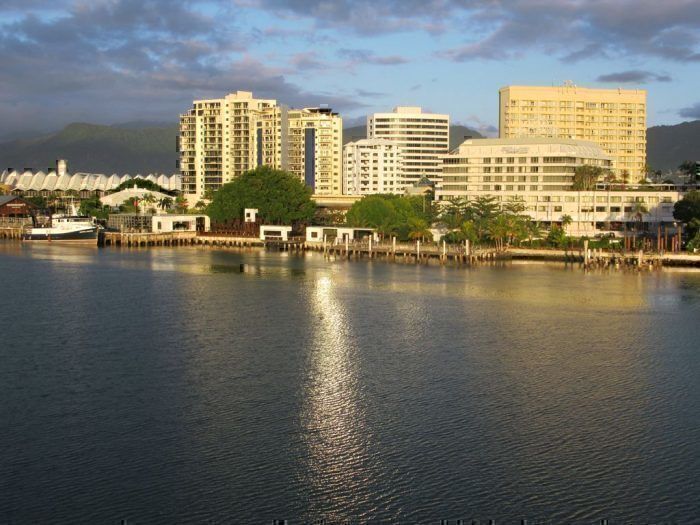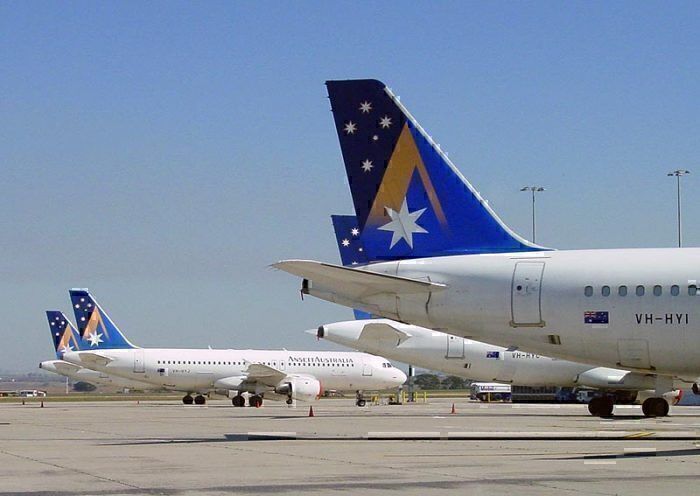In the early 2000's, Qantas resurrected its Australian Airlines brand to be at the vanguard of its first low cost carrier push in Asia. It was always seen as a somewhat quirky idea. With a fleet of just five aircraft and a home base in the northern Queensland city of Cairns, the concept never really took off. The airline only lasted four years, operating between 2002 and 2006.
The Australian Airlines brand has been around for 35 years. In the 1980's and 1990's, Australian Airlines was a big domestic carrier in Australia. In 1992 the carrier was subsumed within the Qantas group and re-badged as Qantas.
In the early 2000's, Qantas decided to resurrect the Australian Airlines brand as an international leisure carrier. It is this incarnation of the airline that this article investigates.
The background
In the late 1980's and well into the 1990's, Japanese tourism was big business in Cairns. At the time, Japanese money funded much of the tourism infrastructure being built in the area. Cairns Airport, now a quiet little backwater when it comes to international flights, was a busy place with a stream of JAL 747's bringing in plane loads of tourists.
The Japanese boom started maturing in the later half of the 1990's as the Japanese market looked to new destinations and visitor numbers started to decline. At the same time, the Japanese economy entered into a period of stagnation.
Nothing lasts forever, but a determination by Qantas to try and recapture some of those glory days in Cairns was a factor in the decision to resurrect Australian Airlines. The airline was established as as a low cost carrier out of the city with a focus on Japanese destinations.
Also influential would have been the emerging trend at the time to operate discrete brands to cater for different customer markets. It was the beginning of an era when full service airlines began experimenting with low cost business models. Australian Airlines was a precursor to the highly successful Jetstar. While the Australian Airlines brand ultimately failed, it is inarguable that the lessons learned by Qantas helped contribute to Jetstar’s success.
Australian Airlines operations
Australian Airlines operated five Boeing 767-300ER aircraft. The primary base was in Cairns and there was another base at Sydney. Initially the airline concentrated on flights between Cairns and Japan in an attempt to re-invigorate the declining inbound Japanese tourism market.
The airline flew under its own colours and with its own crew. At the time there was some controversy that Australian Airlines crew were paid less than Qantas crew.
Over time, flights began operating from Sydney, Melbourne, Gold Coast, Darwin, and Perth in addition to Cairns. There were flights into Hong Kong, Bali, Singapore, Taipei and Kota Kinabalu.
The focus always remained on Japan. The five aircraft were worked hard. But many of the routes never got the frequency or critical mass to make them viable.
Concurrently, Qantas began Jetstar in 2003 in the Australian domestic market. Jetstar did well from the beginning. While Jetstar shone, Australian Airlines struggled to achieve financial viability and much in the way out public awareness (outside of Cairns).
Australian Airlines only lasted four years
The Australian Airlines brand was subsumed back into Qantas in 2006. The airline as a separate entity lived on for another year, operating under Qantas colours into Japan and the Philippines under a wet lease agreement until 2007.
In 2007, the Australian Airlines entity was fully closed down and many of its routes handed over to Jetstar, as that airline took its brand offshore. In hindsight, it is easy to be an expert. That said, I think there were a couple of flaws in the strategy behind Australian Airlines.
Firstly, it is challenging to reinvigorate a mature market. Had the airline targeted an up and coming market (i.e. Australia - Bali or Australia - Phuket) the outcome could have been very different.
Secondly, the airline spread its fleet too thin. Passengers like frequency. For a route to work, it generally needs to be at least a daily service. Far better to cover a few routes comprehensively than many routes not well at all.
Thirdly, Cairns is not a big enough destination to base an international airline out of. Additionally, it has always been perceived as an expensive destination, and while the Great Barrier Reef is on many people’s bucket lists, desire to travel there doesn’t usually translate into actual travel. This is especially if the destination is an expensive leisure hub. Sydney may have been a better choice for the airline’s base.
Finally, the brand never achieved much in the way of public awareness. Outside its home base of Cairns, it was always perceived as a niche offering by Qantas.
No-one likes seeing an airline cease operating. People lose their jobs, tourist markets are impacted, and it undermines general confidence in the sector. But Australian Airlines was always too small for it to ever truly take off.
Jetstar, on the other hand, with lots of aircraft and lots of flights, shows how the low cost international leisure market into Asia can be done well.




